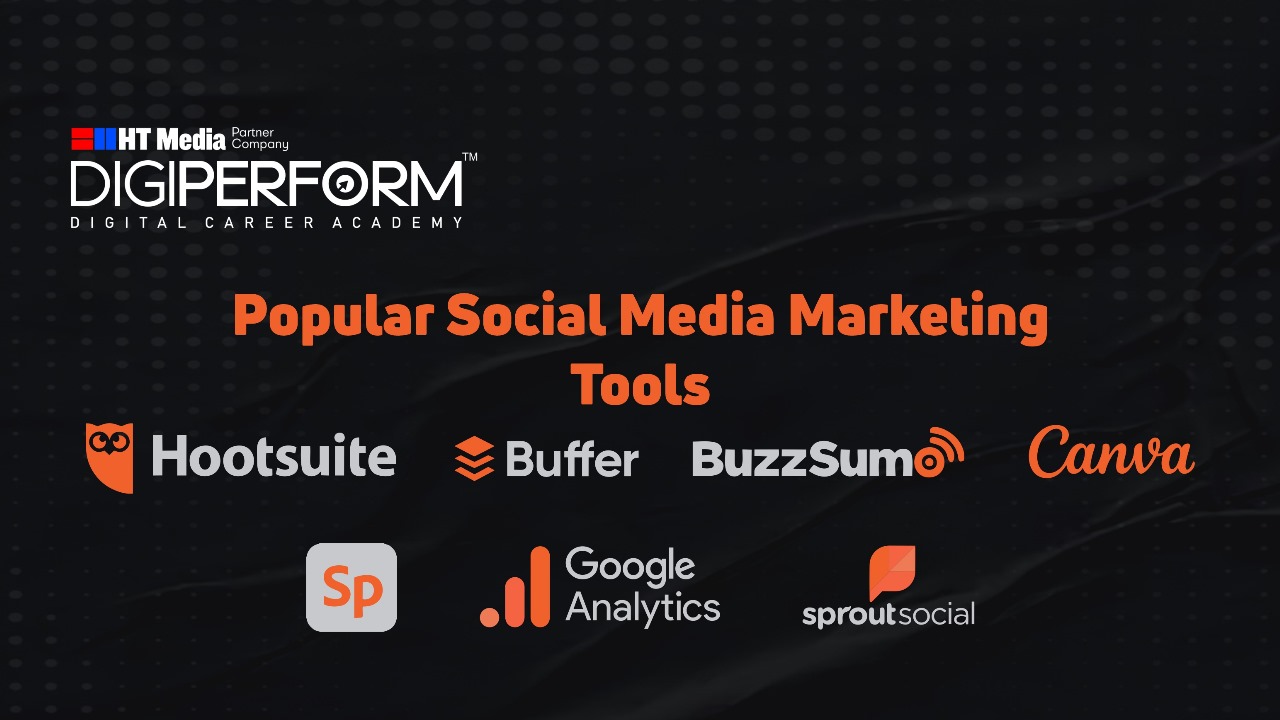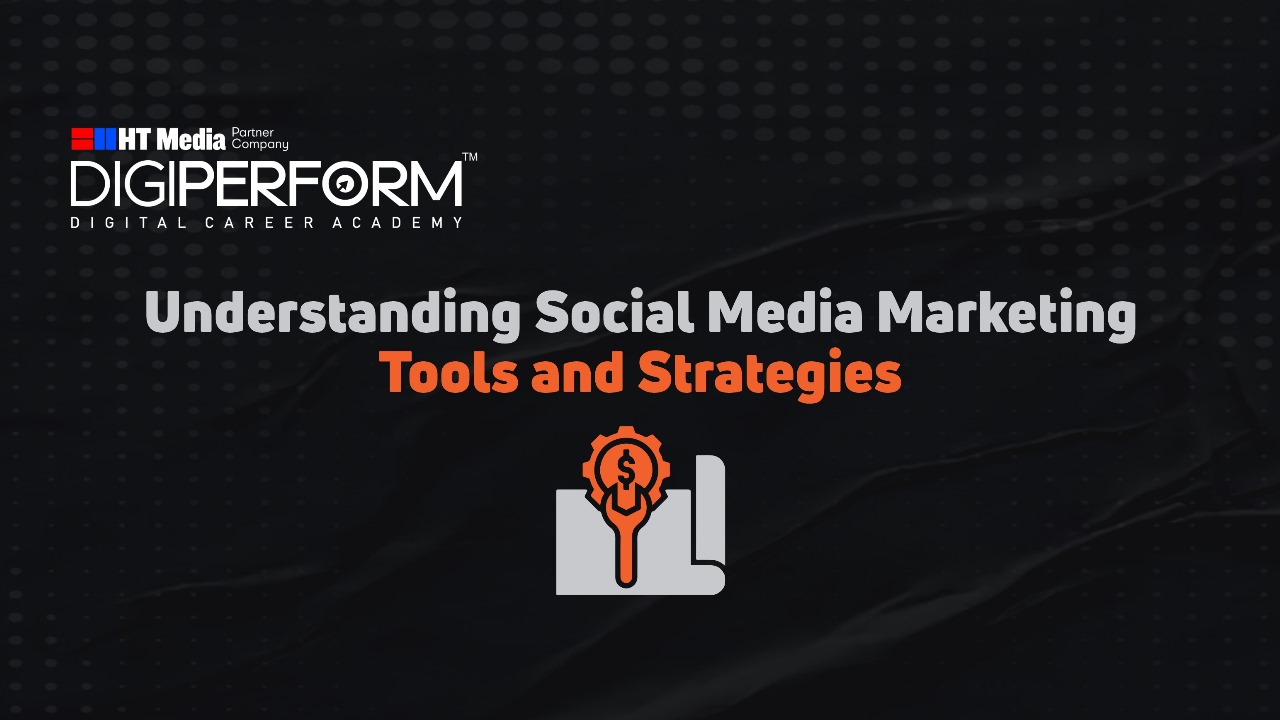Social media marketing has become a vital tool for companies and enterprises in today’s fast-paced digital environment. With billions of active users across platforms like Facebook, Instagram, LinkedIn, and TikTok, social media marketing presents opportunities to connect with audiences, increase brand visibility, and drive sales. But what exactly does it involve? Let’s dive deep into understanding the tools and strategies that can make your social media marketing efforts successful.
What Is Social Media Marketing?
Social media marketing is the practice of using social media platforms to promote your brand, connect with your audience, and achieve business objectives. It includes a mix of content creation, paid advertisements, and community engagement designed to build a loyal following.
The Evolution of Social Media Marketing
Social media marketing has grown from simple posts on platforms like MySpace and early Facebook to sophisticated campaigns involving targeted ads, influencer partnerships, and data-driven strategies. Today, it’s a multifaceted discipline that combines creativity with technology to deliver measurable results.
Why Is It Important in Today’s Digital World?
Modern firms must employ social media marketing because:
- Massive Reach: Billions of users log in daily, making social media the perfect place to meet potential customers.
- Cost-Effective: Compared to traditional advertising, social media campaigns are often more affordable with a higher ROI.
- Real-Time Interaction: Businesses can engage directly with their audience, building trust and loyalty.
Also Read-: 5 Reasons Social Media marketing for Business is Vital
Key Components of Social Media Marketing
To succeed, businesses need to master several critical components:
Content Creation and Curation
Content is the lifeblood of social media marketing. High-quality, engaging content tailored to your audience’s preferences helps you stand out in a crowded market. Types of content include:
- Blog posts
- Short-form videos (e.g., Reels, TikToks)
- Infographics
- User-generated content
Engagement and Community Building
Social media is a two-way street. Actively engaging with your followers through comments, likes, shares, and messages creates a sense of community. Hosting live sessions, Q&As, and giveaways further strengthens relationships with your audience.
Analytics and Reporting
Data is key to refining your strategy. Tools like Google Analytics, Meta Business Suite, and platform-specific insights provide metrics such as engagement rates, click-through rates, and audience demographics. This data helps identify what works and where to improve.
Popular Social Media Marketing Tools

The right tools simplify social media management and improve efficiency. Here are some must-haves:
Social Media Scheduling Tools
Scheduling tools allow you to plan and automate posts across platforms. Examples include:
- Hootsuite: Offers detailed analytics and multi-platform management.
- Buffer: Simple and intuitive scheduling tool ideal for small businesses
Social Media Competitor Analysis Tools
Competitor Analysis tools allow you to get competitor insights . Examples include:
- Hootsuite Insights (Powered by Brandwatch): Analyzes competitors’ social media performance.
- Buzz Sumo finds material that is performing well in your niche.Tracks competitor content strategies and influencers they engage with.
Content Creation Tools
Creating visually appealing and engaging content is easier with these tools:
- Canva: Perfect for designing graphics, presentations, and infographics.
- Adobe Spark: Helps create professional-looking content with ease.
Analytics and Tracking Tools
Analytics tools provide actionable insights:
- Google Analytics: Monitors website visits resulting from social media marketing efforts.
- Sprout Social: Comprehensive analytics and scheduling capabilities.
Social Media Marketing Strategies
Developing a winning strategy involves a mix of planning, creativity, and adaptability.
Understanding Your Audience
Investigate the demographics, habits, and preferences of your audience first. Tools like Facebook Audience Insights and surveys can help.
Setting Clear Goals
Define what you aim to achieve. Are you growing sales, increasing website traffic, or raising brand awareness? Set measurable goals using the SMART framework.
Creating a Content Calendar
Strategic planning and regular publishing are guaranteed by a content calendar. Include a mix of promotional content, educational posts, and entertainment to keep your audience engaged.
Leveraging Paid Advertising
Paid social media ads help reach a larger, targeted audience. Platforms like Facebook Ads and Instagram Ads allow precise targeting based on location, age, interests, and behavior.
Building Strong Community Engagement
Encourage communication by answering messages and comments right away. Hosting interactive sessions like live chats or polls can further foster a sense of belonging among your followers.
Challenges in Social Media Marketing
Staying Relevant in a Saturated Market
The competition on social media is fierce. To stand out, brands must offer unique value and stay consistent with their messaging.
Dealing with Algorithm Changes
Platforms like Instagram and Facebook frequently update their algorithms, impacting organic reach. Keeping up with these changes is critical to maintaining visibility.
Managing Negative Feedback
Negative comments or reviews can hurt your brand. Address them professionally, showing empathy and offering solutions where possible.
Tips for Effective Social Media Marketing
Focus on Quality Over Quantity
Posting fewer high-quality updates is preferable to bombarding your audience with subpar material.
Use Visual Content Effectively
Visuals are more engaging than text.Use infographics, GIFs, and videos to draw viewers in.
Monitor Competitor Strategies
Studying your competitors can provide valuable insights into industry trends and audience preferences.
Also Read-: Increase your brands reach with organic Social Media Marketing
The Future of Social Media Marketing
The Role of Artificial Intelligence
AI is revolutionizing social media marketing with tools for content optimization, chatbot interactions, and predictive analytics.
The Rise of Micro-Influencers
Micro-influencers, with smaller but highly engaged audiences, are becoming valuable partners for brands.
Trends to Watch in 2025 and Beyond
Emerging trends include augmented reality (AR) ads, personalized marketing, and the integration of e-commerce features on platforms like Instagram and TikTok.
Conclusion
Social media marketing is essential; it is not simply a fad. Whether you’re a small business or a global brand, the right tools and strategies can help you connect with your audience, achieve your goals, and build lasting relationships. Remember, consistency and authenticity are key. Never stop learning, start small, and monitor your progress.
This Blog is written By Aman Sibal
FAQs
2. How do I choose the best social media marketing tools?
Identify your needs—whether it’s scheduling, analytics, or content creation—and select tools that match your goals and budget.
3. How frequently ought I to share content on social media?
Frequency varies by platform. For instance, post daily on Twitter but limit Instagram to 3-5 posts per week for optimal engagement.
4. What are some common mistakes in social media marketing?
Ignoring analytics, over posting, and failing to engage with followers are common pitfalls. Always prioritize quality and audience interaction.
5. Can small businesses succeed with social media marketing?
Absolutely! With a clear strategy, consistency, and the right tools, small businesses can achieve remarkable results.







